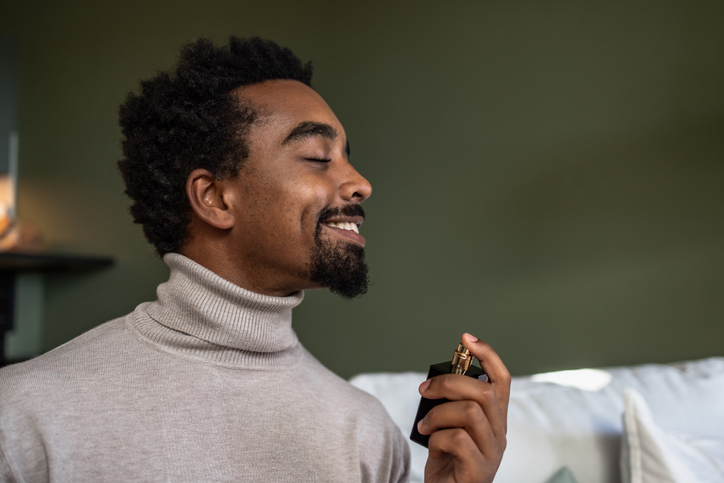EXCLUSIVE: On August 9, Disney will drop the first seven episodes of its adaptation of Korean artist Kang Full’s Moving webtoon worldwide on Hulu and Disney+.
Directed by Park Inje (Kingdom Season 2), the 20-episode series tells the story of three teenagers who have inherited unusual physical powers from their secret agent parents.
While on the surface they look like ordinary high school kids, each has the power to transcend a different physical limitation like gravity, speed or pain. But with outside forces keen to exploit these talents, their parents know it’s safer to keep them hidden away.
Lee Jungha (Run On), Go Younjung (Sweet Home) and Kim Dohoon (The Law Café) play the teenagers, while the parents are played by Ryu Seungryong (Extreme Job), Han Hyojoo (The Beauty Inside) and Zo Insung (Escape From Mogadishu). You can watch the trailer here.
Kang Full, who also wrote the screenplay for the series, adapted from his own webtoon released on Kakao’s platform in 2015, agreed to give Deadline the first interview he’s done with non-Korean press.
A pioneer in the webtoon space, Kang released his first long form scrolling comic, Love Story, back in 2003. The unconventional narrative, featuring romantic relationships with a big age gap, racked up 32 million views and 250,000 comments, and the webtoon industry was born.
He says the attraction of creating webtoons back then was the freedom it gave him. “I’d always wanted to be a cartoon artist, but Korea’s traditional cartoon industry was sunsetting around then,” Kang says, referring to an era when Korean “manhwa” was struggling to compete with Japanese manga, which had only recently been allowed to enter the Korean market.
“The way it worked in the past is that a new artist had to be approved by magazine editors and conventional publishers. But as the internet became more prevalent, the reactions and feedback from readers became more important and allowed artists to establish their careers online,” Kang explains.
After his initial success, Kang started experimenting with different genres, including psychological mystery (Apartment 2004), superheroes (Timing 2004) and horror (Lamp Shop, 2011). While Moving is about people with unusual physical powers, Timing features characters who can rewind time, experience premonitions and see into the future. The Bridge, released in 2017, establishes a crossover between the two sets of characters.
What is common to both sets of superheroes is the depth of their back-stories and how human they are. Strong family ties are also prevalent in Kang’s stories – one of the major themes of Moving is the sacrifices the secret agent parents make to protect their children.
“Over time, I’ve become much more interested in the stories of individuals,” Kang says. “No matter how interesting the plot is, it all comes down to who is taking us through the story and what experiences they’ve previously had.”
He cites Louis Cha (a.k.a. Jin Yong), a Chinese writer who is often mentioned in the same breath as Marvel Comics’ creator Stan Lee, as a major influence. Born in China and working mostly in Hong Kong, Cha created a vast interconnected universe of ‘wuxia’ (martial artist) heroes, that was strong on character development. “It was fascinating to me how he could weave so many characters, all with very distinct personalities, into these really long narratives,” Kang says.
Cha’s works have spawned more than a hundred film, TV and video game adaptations from the time he started writing in the 1960s to the present day. Now Kang’s works are also getting the remake treatment. So far around a dozen of his webtoons have been adapted into films, TV series, plays and musicals. But Moving marks the first time he’s adapted one of his webtoons himself.
Rather than finding the process limiting, Kang says writing a live-action script provided him with a bigger canvas than he was used to. “Webtoons usually have a really small team and there’s always a deadline to meet, so you can’t tell all the stories you want to,” he explains.

Moving
Disney
“But for the series, the scale of the story has grown, not too much, but enough to give us more flexibility. We’ve been able to dig deeper into the histories of some of the characters, and add new ones that weren’t in the original work.”
He adds that while webtoon adaptations have been a driving force in the development of Korea’s film and TV industries – and a welcome source of revenue for creators – they also have a downside.
“There was a time when webtoons were transforming the industry – but now they’re a part of the mainstream industry,” he observes. “When one particular genre or work becomes popular, inevitably all attention is focused on that genre. We used to see a lot more experimentation in webtoons. It’s time to get back to offering more in-depth stories and different kinds of work.”
Another double-edged sword facing the industry is the use of generative A.I. (artificial intelligence) software, which has been a much discussed topic in the webtoon industry in recent months. Kang likens it to the entry of Adobe Photoshop to the cartoon industry in the late 1990s.
“AI can be a great help to human artists in technical aspects, like coloring and sketching, in the way that Photoshop was one of the big enablers that enabled webtoon artists to work on their own instead of employing big teams,” Kang says.
But he’s less sure about how the technology will impact storytelling: “We’re not thinking about it too much at the moment, but we don’t know how much further the technology can advance. In the past, there were some tensions between artists and the platforms they were working for, but now we might see similar tensions between artists and AI.”
In the meantime, Kang is more focused on creating new stories without technological help, adapting more of his existing work for the screen – he’s currently working on a script for a live-action version of Lamp Shop – and finding new international markets for webtoons.
His works have been translated into several languages, including Japanese, Chinese and French, and the process has now started of translating everything into English (Moving can be read in English on Kakao’s Tapas webtoon platform). From the feedback he’s received so far, he has a good idea of what makes his webtoons resonate outside of Korea.
“There seems to be some kind of universality, because although I’m telling stories that are centred on Korean families, readers outside Korea seem to empathise with the relationships and those settings,” he says.
The success of K-drama and Korean movies internationally should also open doors, as stories set on the streets of Seoul and featuring Korean food and restaurants, are becoming increasingly familiar to the rest of the world. Kang says he’s also keen to see more artists outside Korea try their hand at creating webtoons.
“Unlike in the past, the channels to present your work are always open, so I always say – just get out there and do it,” he says, when asked what advice he’d give to aspiring artists. “Even if you’re not a hundred percent happy with what you’ve created, just put it out there, because that’s the only way it will come alive and have some value. And it’s never been easier to get your work seen.”







